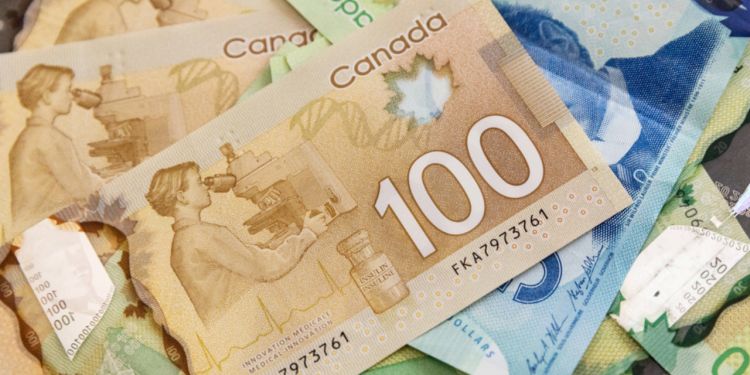Open a bank account in Canada

While living in Canada as an expatriate, you'll likely find it necessary to have a bank account. This article will guide you through the process of applying for one and highlight the criteria you must fulfill.
Canada's major banks provide different types of accounts and services. To help you make the best choice, consider comparing the offers beforehand. Feel free to consult the staff at a banking institution as well as your friends and family for additional information.
When you open a bank account in Canada, you'll receive a debit card for making purchases and paying bills. However, in many instances, these debit cards may not allow online purchases. As a newcomer, it's advisable to bring your bank account details from your home country and have a Visa or MasterCard with you for emergencies.
How do I open a bank account in Canada?
Give the bank a call to schedule an appointment or apply online. Alternatively, you can visit the bank in person and wait for an available advisor. When you have the appointment, take the opportunity to talk with the representative about the type of account that aligns with your needs.
Setting up a bank account in Canada comes at no cost. You'll be required to provide a minimum of two forms of identification, such as your passport, Social Insurance Number (SIN), or documentation verifying your legal status in Canada. Additionally, you'll need documents confirming your address, such as a Canadian driver's license or a telephone bill.
You may be questioned about your past banking activities or credit history in your previous country of residence.
Banking in Canada
The banking package you opt for determines the number of monthly operations and transactions you can conduct. Any extra transactions may be subject to a fee. You can use the bank's website or mobile app or visit the counter to pay bills, make transfers, withdraw cash, and make purchases at merchants. Transactions include merchant payments, over-the-counter withdrawals, and bank transfers.
Some banks provide newcomers with free, unlimited banking services and transactions for a specific period. There are also special offers available for students in Canada.
Transferring money between your Canadian account and a bank account in your home country, or the other way around, may involve fees and commissions that vary between banks. Nowadays, a convenient option is to use a money transfer service like Wise, TransferMate, or WorldRemit.
Your rights as a Canadian bank account holder
The Financial Consumer Agency of Canada offers details about financial products and services, as well as educating consumers about their rights and responsibilities in banking transactions. It's important to know that a bank cannot reject your account application without valid reasons. Whether you're unemployed, bankrupt, or not making an immediate deposit, you still have the right to open an account.
However, if you decide to order cheques, you might be required to make a deposit. Alternatively, you have the option to open an account with a credit union or caisse populaire, and in such cases, you might need to pay a membership fee.
Good to know:
If you're a student or working in Canada, check if there's a specific partnership between your university or employer and the bank, as this could help reduce your banking fees. Additionally, it's worth noting that deposits in savings account up to CDN$100,000 are guaranteed by the Canada Deposit Insurance Corporation (CDIC).
Credit cards in Canada
New immigrants in Canada can secure a credit card even without an established credit history. Several banks are willing to provide newcomers with a credit card and an initial credit limit. This allows you to start building your credit history in the country. Over time, with a positive credit record, you might have the opportunity to apply for a higher credit limit.
In Canada, credit cards involve the bank lending you a specific amount, which you need to repay monthly to avoid paying interest. Additionally, certain stores provide credit cards that offer points and discounts.
For newcomers, it's crucial to differentiate between Canadian debit and credit cards. You can refer to this page from the National Bank of Canada, which explains their differences in detail.
Good to know:
You can get a free copy of your credit file from Equifax Canada and TransUnion Canada. Additionally, you have the option to check your credit file online.
If you encounter challenges, consider requesting your employer to serve as a guarantor, which can make it easier for you to access credit. Keep in mind that interest rates, authorization limits, payment terms, and annual fees vary among institutions. Opting to make all your purchases with a credit card and paying off the balance monthly (or as you go) can be more advantageous than using a debit card and incurring fees for extra transactions. A debit card allows you to perform various actions at an ATM, such as withdrawing or depositing cash, checking your balance, or paying a bill.
Useful links:
Business Development Bank of Canada









